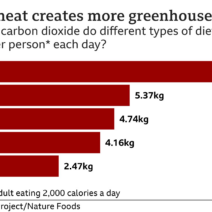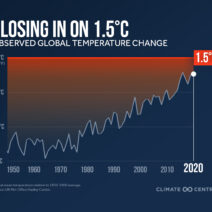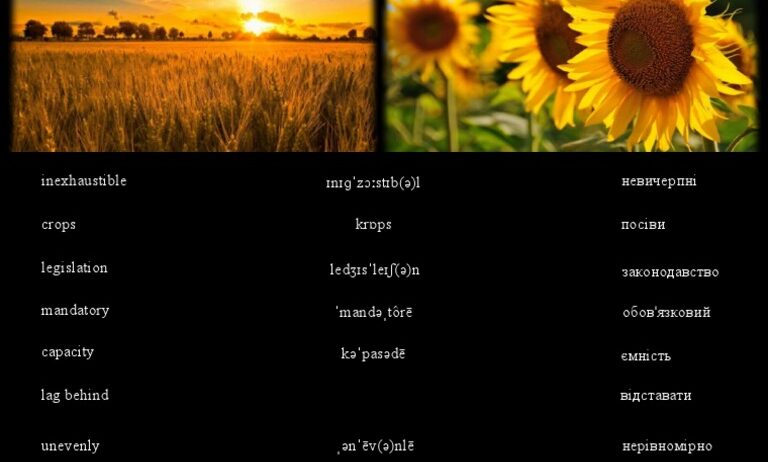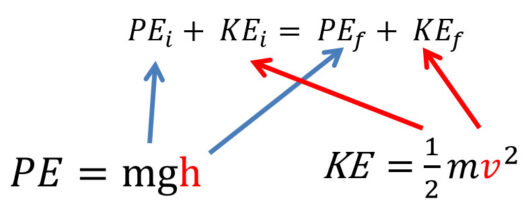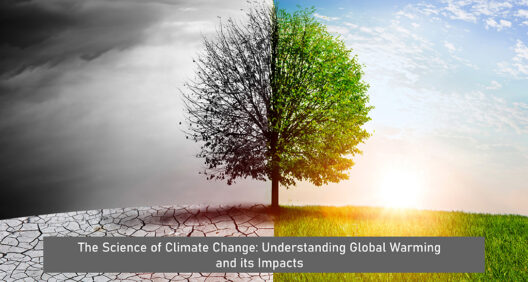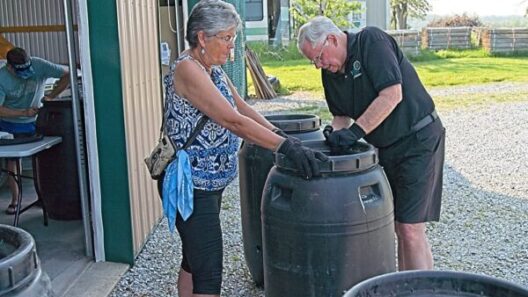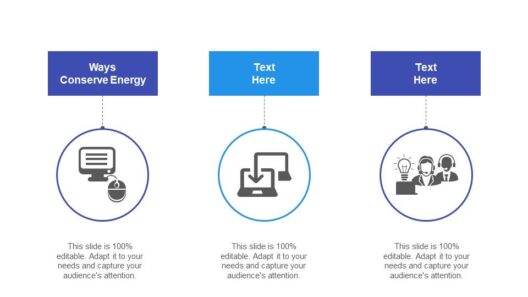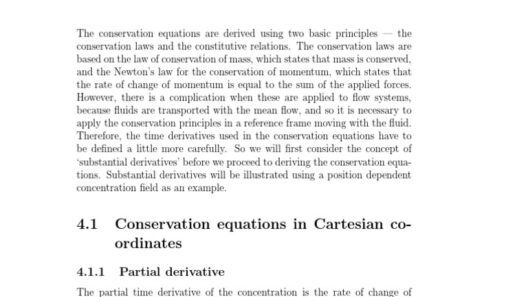Windmills, also known as wind turbines, are a quintessential symbol of renewable energy and sustainable practices in the modern era. They embody the principle of converting kinetic energy—in this case, from the wind—into usable electrical energy. This process not only conserves energy but also mitigates reliance on fossil fuels, which are major contributors to climate change. To understand how windmills conserve energy and harness nature’s power efficiently, one must explore the mechanisms behind their functionality, the various types of windmills, and their broader implications for energy conservation and environmental stewardship.
The fundamental operation of a windmill hinges on the principles of aerodynamics. As wind passes over the blades of the turbine, it generates lift, propelling the blades to rotate. This rotational movement is then transferred to a generator through a series of gears. The generator converts the mechanical energy from the rotation into electrical energy. This process exemplifies the efficiency of wind energy, which is abundant and renewable, making it a cornerstone of sustainable energy solutions.
There are primarily two types of wind turbines: horizontal-axis wind turbines (HAWT) and vertical-axis wind turbines (VAWT). HAWTs are the more commonly recognized form, featuring blades mounted on the top of a tower. They tend to be more efficient at capturing wind energy due to their ability to be positioned to face the wind optimally. In contrast, VAWTs possess blades that are oriented vertically, allowing them to capture wind from any direction and making them more suitable for areas with turbulent wind patterns. Understanding these variations helps communities select the most appropriate technology for their geographical and environmental conditions.
One of the key advantages of wind turbines is their minimal ecological footprint. Unlike traditional fossil fuel power plants, windmills do not emit greenhouse gases or pollutants during operation, drastically reducing environmental degradation. This facet of wind energy is pivotal in combating climate change, as it provides a cleaner alternative that supports global efforts to lower carbon emissions. Furthermore, once established, wind farms consume zero fuel and require negligible maintenance compared to conventional power generation systems, leading to long-term sustainability.
Wind energy is not only environmentally friendly but also economically advantageous. As technological advancements continue, the cost of manufacturing and installing wind turbines has dropped significantly. This decrease fosters wider adoption, promoting job creation in manufacturing, maintenance, and installation sectors. Moreover, wind energy contributes to energy independence, allowing countries to reduce their reliance on imported fossil fuels, thus bolstering national security and economic stability.
The capacity of windmills to conserve energy extends beyond mere electricity production. Wind farms can be strategically located in areas where energy demand is highest. This proximity minimizes transmission losses, which are common in traditional electricity distribution systems. Additionally, stored energy systems, commonly known as battery storage, can synergistically work with wind energy to provide a stable supply despite fluctuations in wind patterns. This system ensures that energy remains available even when the wind isn’t blowing, providing a holistic approach to energy conservation.
However, the deployment of wind turbines is not without its challenges. Visual impact, noise, and potential threats to local wildlife, particularly avian species, are often cited concerns. Effective site planning and technology enhancements, such as radar technologies for bird detection, can mitigate these issues. Engaging local communities in decision-making processes fosters a sense of ownership and mitigates opposition by addressing concerns surrounding environmental and social impacts.
Additionally, advancements in turbine design promise increased efficiency and lower environmental impacts. Innovations in blade technology, materials, and turbine size have led to greater energy capture capabilities. Larger blades can almost double the annual energy production of existing wind turbines, highlighting the essential role of research and development in the evolution of renewable energy technologies.
Careful integration of wind energy within the existing energy mix is crucial. Wind energy complements other renewable sources, such as solar power, to provide a robust and diverse energy portfolio. By using wind energy during periods of high wind and solar when plentiful sunlight is available, we can build resiliency in the grid and ensure a balanced energy supply to meet demand.
The push for wind energy aligns well with global initiatives aimed at achieving sustainability. Goals established through the Paris Agreement emphasize the importance of transitioning to renewable energy sources. Wind energy, through its capacity to diminish carbon output and promote cleaner air quality, plays a vital role in meeting these commitments. Furthermore, the increased public awareness and advocacy for renewable energy solutions foster a culture supportive of environmental conservation and sustainability.
In conclusion, windmills represent a harmonious blend of technology and nature, capturing the power of the wind to create clean, renewable energy. With the capability to conserve energy efficiently and support ecological well-being, wind energy stands at the forefront of the fight against climate change. Emphasizing responsible deployment, technological advancement, and community engagement is essential for maximizing the benefits of wind energy. As the global community continues to navigate the complexities of energy consumption and environmental impact, windmills will undoubtedly play a pivotal role in shaping a sustainable future.

